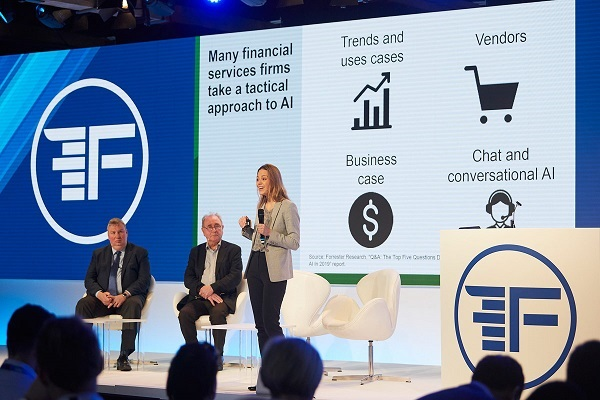There’s a lot of talk about the potential uses for the Internet of Things. From smart homes to connected cars, IoT offers convenience in ways that once never existed. Yet one area where the IoT hasn’t been fully realized is the financial services industry. With fewer people handling cash and instead opting for digital transactions, banking and IoT have lots of potentials.
The Growth of an Industry
Essentially, the IoT is a network of objects that collect and send out data by being connected to the Internet. Simple objects can become a source of information, and that information can be used to improve customer service and customize the product based on the consumers’ tastes. IoT has been adapted into numerous industries, from industrial products to fancy coffee makers.
The possibility for the technology is varied. The medical industry, for example, can benefit from much-improved data gathering that lessens the need for face-to-face doctor visits.
The value of IoT technology expected to total $14.4 trillion globally by 2022, according to estimates from Cisco. Much of that projected value is going to come from improved customer experiences and reduced time to market for products.
The finance industry and its customers could benefit in a big way from this technology if implemented correctly. The downside to such developments, however, is valid security and privacy concerns.
The Potential for IoT Banking
According to a report by consulting firm Wikistrat, the financial services industry is starting to utilize the IoT in some intriguing ways. Insurance companies, for example, can use IoT to gauge someone’s driving habits and then charge them accordingly for auto insurance.
However, that’s just the tip of the iceberg. As new sensors for IoT technology become developed, the possibilities will be far greater for banking. Wikistrat predicts sensors could be used to monitor livestock or manufacturing, and then the data could be employed to make lending decisions based on market conditions.
The human element could be removed to make data-driven decisions or a person’s judgment could be supplemented with a trove of new data before making a decision whether to approve a loan or not.
With bank loans often used to lease or purchase expensive equipment used by businesses, the sensors could help keep track of the equipment’s condition. If the equipment is worn out or shows sign of failure, banks could offer their customers credit to replace or fix the item.
Potential Problems for IoT Banking
While organizations from any industry would love to know what makes their customers tick in order to better serve them, the rise of IoT raises valid concerns about privacy and security. Bank hacks both large and small commonly make headlines. Banks from around the world have been successfully targeted. If banks collect more information through IoT technology, they’ll have to prove they have measures in place to protect the data and assets of their customers.
Even if banks implement impenetrable security mechanisms, there’s the pesky question of personal privacy. Customers might not be as leery of sharing personal information as they were decades ago, but the majority of people in the U.S. believe privacy and confidentiality are “very important.” In a survey, most people were doubtful collected data will be kept private and secure.
The Future
The financial services industry has yet to fully embrace IoT technology, but there’s no doubt it’s something the sector is interested in. The insight that can be taken from IoT devices could allow banks to serve customers in a specialized way. The possibilities are vast despite some current technological limitations. One day soon, however, the acceptable amount of data collected by companies will need to be called into question.























